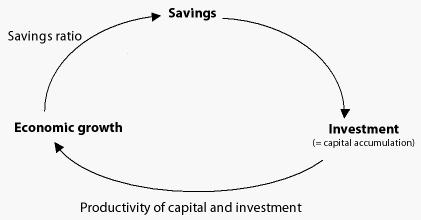Reports on the economic performance of business units are quite different. Management reports are prepared monthly or quarterly, whereas economic performance reports are prepared at irregular intervals usually once every several years. For reasons stated earlier, management reports tend to use historical information actual costs incurred, whereas economic reports use quite different information. In this section we discuss the purpose and nature of the economic information.
Economic reports are a diagnostic instrument. They indicate whether the current strategies of the business unit are satisfactory and, if not, whether a decision should be made to do something about the business unit- expand it, shrink it, change its direction, or sell it.… Read the rest
